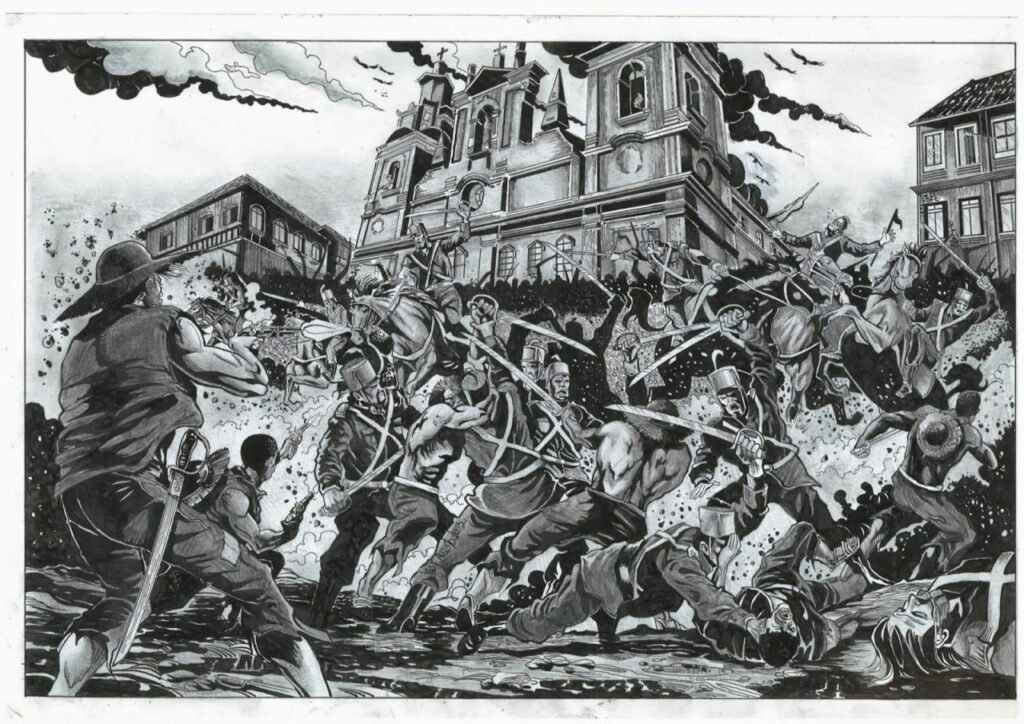The Cabanagem Explosion
Brazil is full of popular revolts throughout its history, but none had the scale and tragedy that involved the cabinage. The cabinage was a popular revolt that exploded in Belém do Pará, more specifically on January 6, 1835. A mountain of mestizos, Indians and blacks, allied with a rebellious elite, invaded the Belém provincial government palace, killing in full Governor Bernardo Sousa Lobo street.
There was general unrest in Belém, after all, it was too far from the capitals where everything was decided, in this case Rio de Janeiro. Furthermore, there was much misery, much disgrace, and widespread economic bankruptcy. This unique ferment at this moment in Brazil's history united a discontented elite against another local faction, uniting with the people and taking power.
Leaders and Turnarounds
The revolt was initially led by Félix Marcha, a plantation owner and colonel linked to the national guard. After a month and a half in power, Marcha gave way to Francisco Vinagre and Eduardo Angelim. However, internal disputes led to agreements with the regency and the removal of leaders.
The regency was a turbulent period in Brazil, after the abdication of Dom Pedro I, and several provincial revolts broke out across the country, such as the farroupilha and the balaiada. However, none compared to the size of the hut.
Devastation and Persecution
The Baron of Caçapava, General Francisco de Souza Andréia, arrived to suppress the revolt. The city of Belém was heavily bombed, and Eduardo Angelim and the rebels fled. The revolt then spread like wildfire in the region, reaching Piauí, Maranhão and parts of the northeastern coast.
The Baron of Caçapava pursued the rebels with troops of mercenaries, including foreigners, resulting in a massacre. In 1833, the province of Grão-Pará had 119 thousand inhabitants. Seven years later, in 1840, after the revolt, at least 30 thousand people were killed.
The Ending and the Versions of the Story
Eduardo Angelim was arrested and sent to Fernando de Noronha, where he was exiled until 1850. General Andréia, after repressing other revolts, such as the Farroupilha Revolution, stood out. The history of the cabin has been told and retold over the years, going through different political views.
Conclusion
Regardless of political views, the hut was a massacre, a popular revolt suffocated in blood. History continues to be written and rewritten, shaped by different interpretations over time. The important thing is to understand the impact of this episode on Brazilian society and reflect on the lessons that history provides us.
References
CABANAGE | EDUARDO BUENO – YouTube
Cabanagem – Wikipedia, the free encyclopedia (wikipedia.org)
